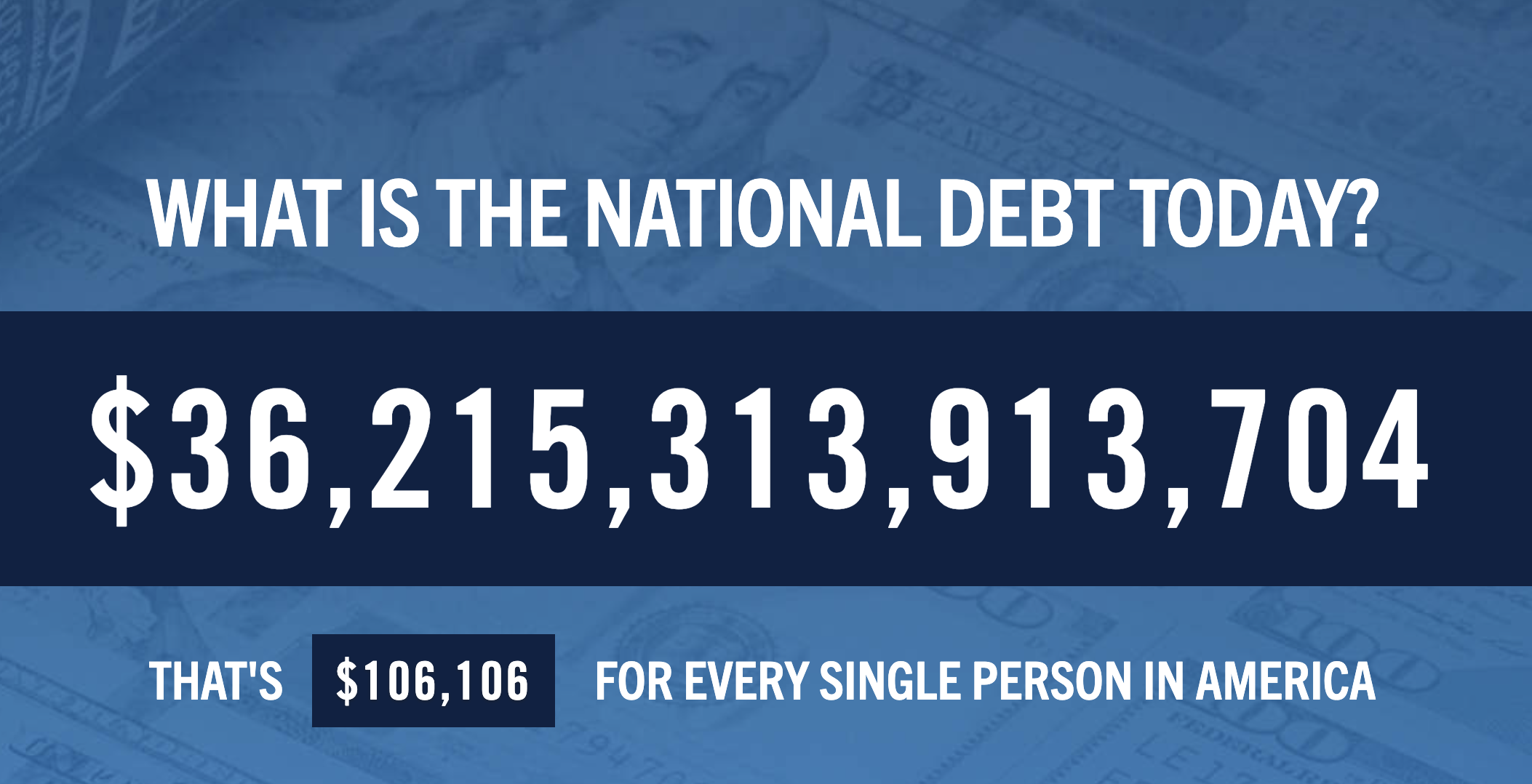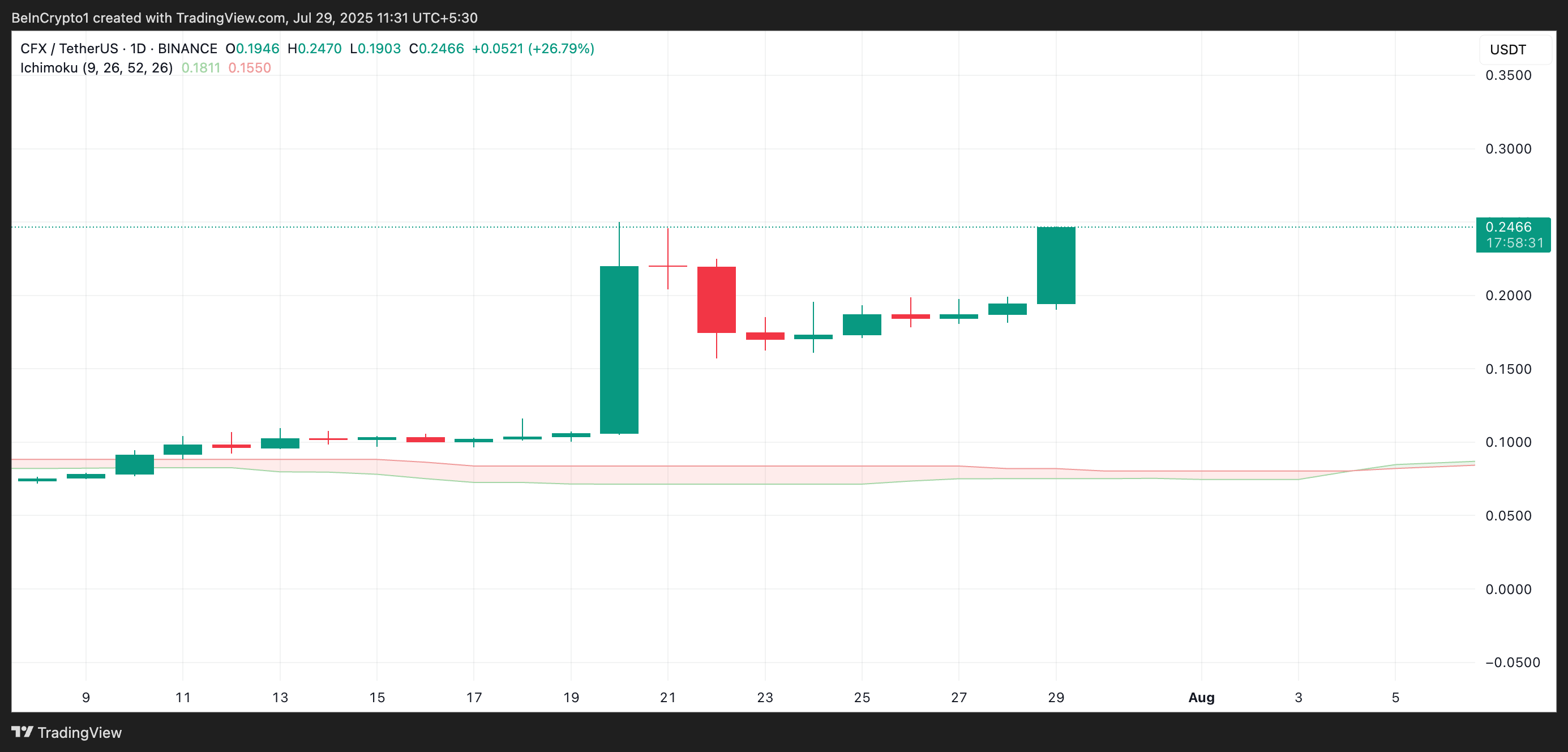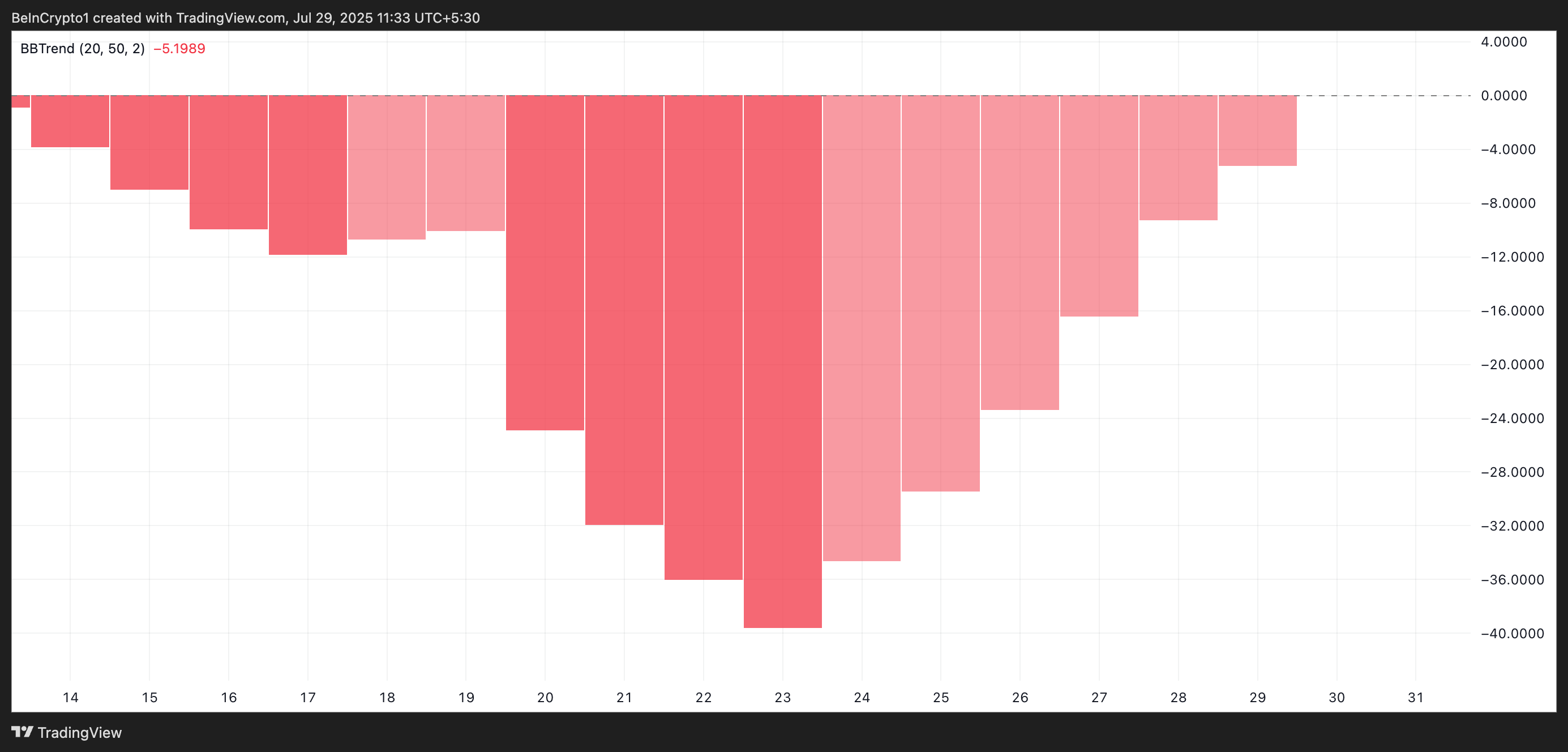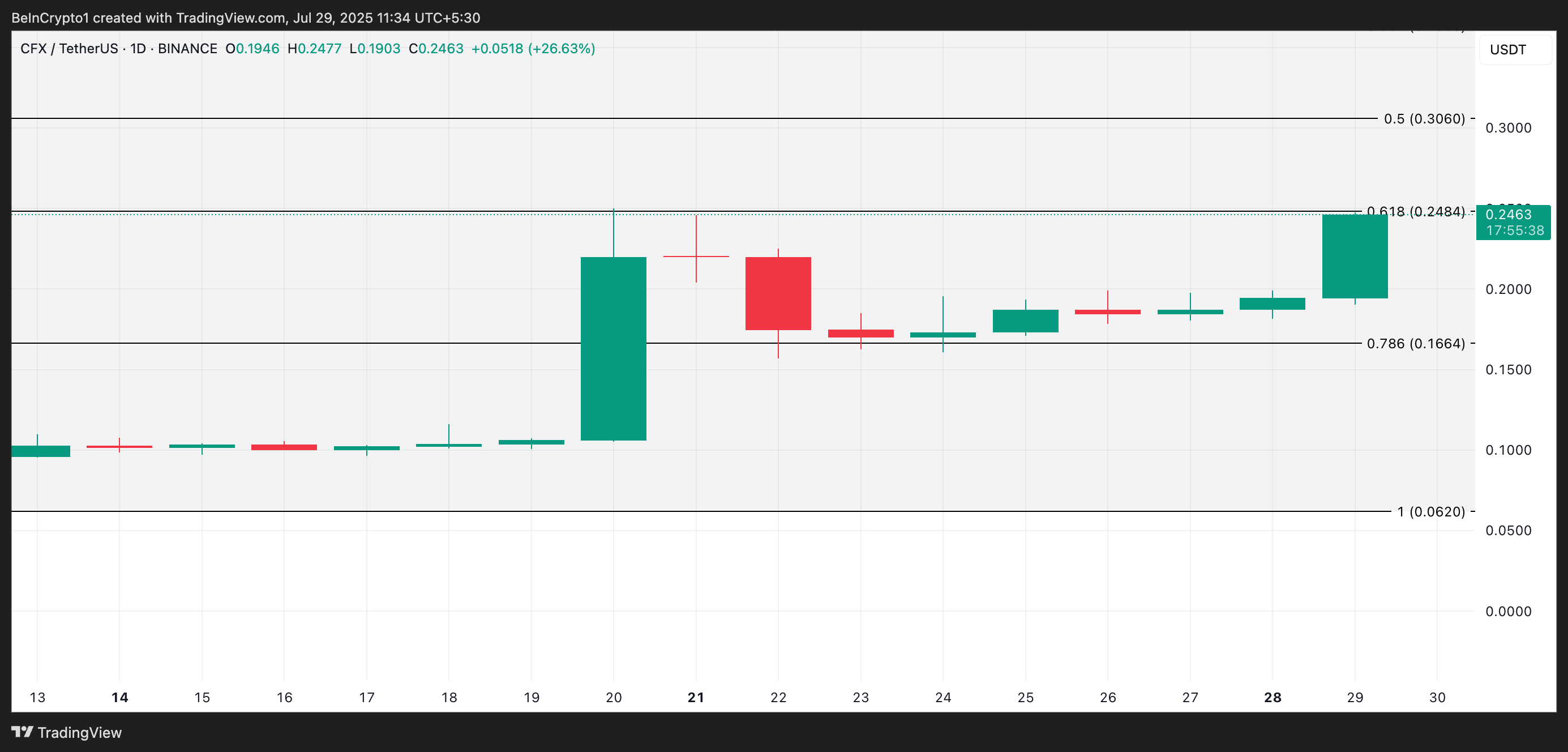During a livestream hosted by the leading exchange HTX, Founder of TRON and Advisor to HTX, Justin Sun expressed confidence in the approval of the newly filed Canary Capital Group Staked TRX ETF, calling it a “non-replicable” opportunity for both investors and the broader crypto market.
The event, titled “TRX ETF is Coming? The First Altcoin ETF with Staking Rewards – Will It Spark a New Crypto Bull Run?”, featured @HTX_Molly and leading crypto influencers in discussion with Sun on the TRX ETF filing, the outlook for staking-based ETFs, and the path to regulatory compliance.
A First-of-Its-Kind ETF With Staking Rewards
The key differentiator of this TRX ETF application is its inclusion of a staking mechanism, which could provide investors with enhanced yield opportunities. Notably, the TRX ETF is among the few, out of all crypto ETFs with pending S-1 filings, to incorporate staking features.
While the application process for such ETFs is significantly more challenging than for spot ETFs – evidenced by the past failures of Staked ETH ETF applications – Justin Sun remains hopeful. He believes the SEC, under its new crypto-friendly Chairman Paul Atkins, is showing increased openness toward cryptocurrencies. Therefore, the TRX ETF application seeks immediate approval, aiming to be the groundbreaking cryptocurrency ETF to integrate staking. Its success, he asserts, would make its value “unreplicable.”
Sun: Market Is Undervaluing Approval Odds
“The market might be undervaluing the probability of the TRX ETF’s approval, a matter of which I am highly confident,” Justin Sun remarked. His confidence stems partly from his considerable experience with crypto ETF applications, including his involvement in securing approval for the initial Bitcoin futures ETFs and the subsequent Bitcoin spot ETFs. Furthermore, the TRX ETP’s successful listing and outperformance against Bitcoin and Ethereum equivalents in Europe provide a strong precedent.
Justin argues that the rarity of ETF applications reaching the S-1 filing stage indicates that approval for the TRX ETF may not be far off. He also noted that even if the SEC rejects the initial submission, the team will revise the S-1 document in accordance with the SEC’s recommendations and continue the application process.
TRX ETF Could Catalyze the Next Bull Market
Justin Sun suggests that the potential impact of TRX ETF approval is underestimated. “The approval of the Bitcoin spot ETF demonstrated that a few tens of billions of dollars in inflows could trigger a trillion-dollar market rally. This is a prime example of ‘confidence leverage.’ The TRX ETF’s approval could have a similar or even greater impact, potentially igniting the next bull run and attracting a new wave of institutional interest in crypto ETFs on Wall Street.”
Simultaneously, the ETF will facilitate RWA (Real-World Assets) growth. “The real breakthrough for RWA won’t just come from technological progress but from building a mutually beneficial ecosystem,” Justin explained. “Traditional institutions aren’t held back by technology. They’re limited by the absence of a clear mechanism to acquire public chain tokens and share in their appreciation. The ETF serves as the key to unlocking this – without it, large-scale institutional investment is unlikely, thus hindering the movement of trillions in assets onto the blockchain. The ETF isn’t just a price catalyst; it’s the decisive factor in the successful adoption of RWA.”
Looking ahead, Justin emphasized that this year will be pivotal for enhancing regulatory compliance and expanding collaborations within the U.S. market. “The TRX ETF application is just the beginning. TRON and HTX have significant developments planned for each subsequent quarter, with the necessary groundwork already underway.”
About HTX
Founded in 2013, HTX has evolved from a virtual asset exchange into a comprehensive ecosystem of blockchain businesses that span digital asset trading, financial derivatives, research, investments, incubation, and other businesses.
As a world-leading gateway to Web3, HTX harbors global capabilities that enable it to provide users with safe and reliable services. Adhering to the growth strategy of “Global Expansion, Thriving Ecosystem, Wealth Effect, Security & Compliance,” HTX is dedicated to providing quality services and values to virtual asset enthusiasts worldwide.
To learn more about HTX, please visit HTX Square or HTX.com/, and follow HTX on X, Telegram, and Discord.
The post Justin Sun Highlights TRX ETF Potential, Says Market Underestimates Impact appeared first on BeInCrypto.









